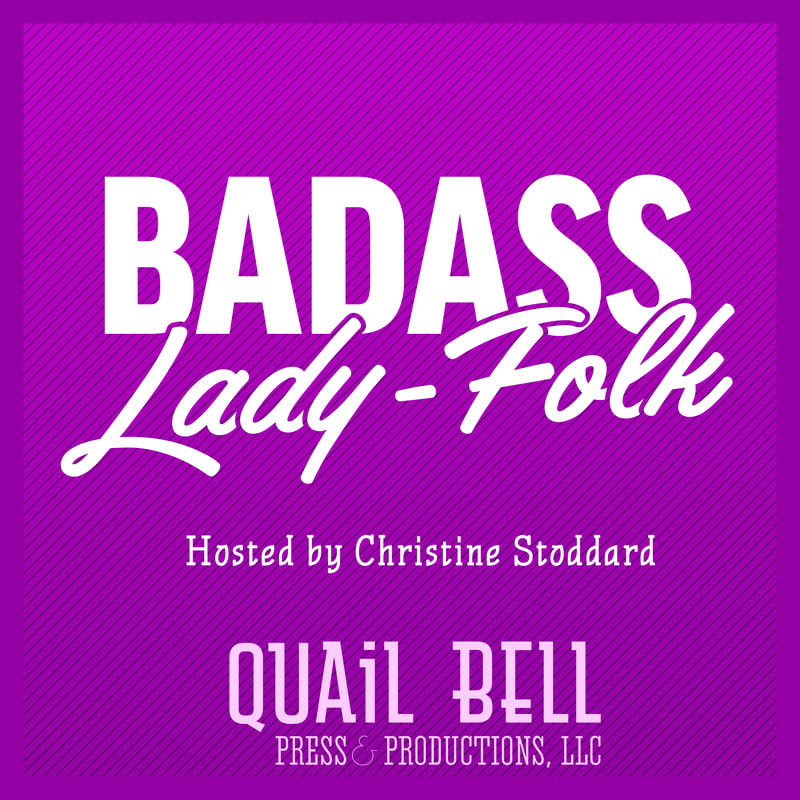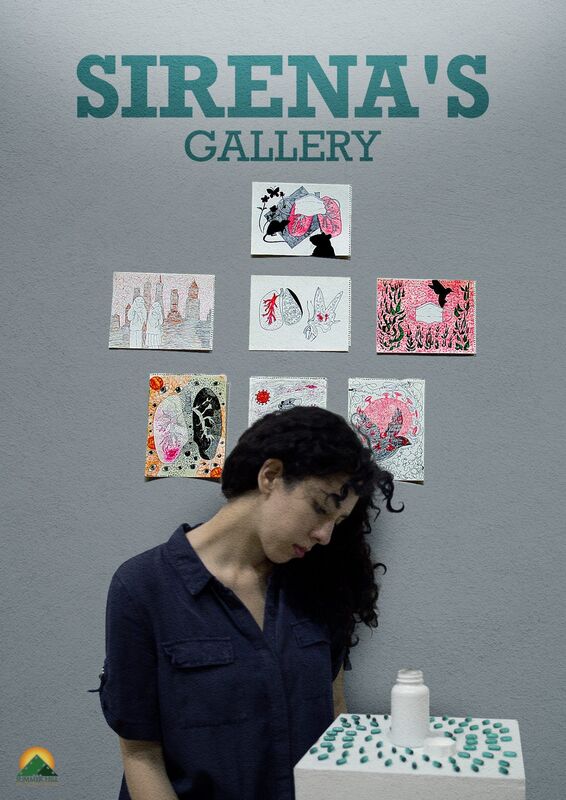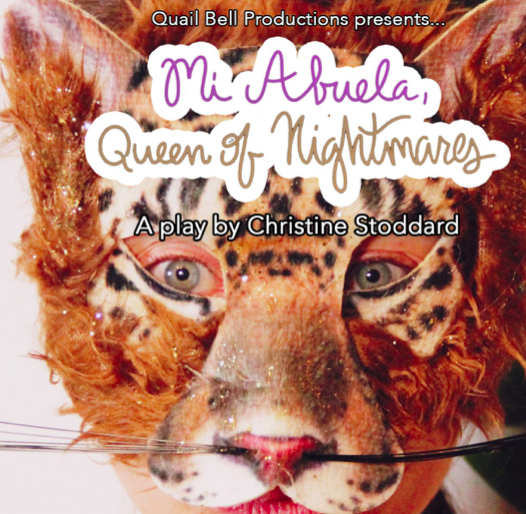|
The Breadcrumbs widget will appear here on the published site.
Refocused EnegryBy Melissa Schack Mike Corrao is the author of two novels, Man, Oh Man (Orson's Publishing) and Gut Text (11:11 Press); one book of poetry, Two Novels (Orson's Publishing); two plays, Smut-Maker (Inside the Castle) and Andromedusa (Forthcoming - Plays Inverse); and two chapbooks, Avian Funeral March (Self-Fuck) and SPELUNKER (Schism - Neuronics). Based in Minneapolis, he experiments with text as a surface that can inhabit different mediums. His recent work, Smut-Maker, is a vibrant play that encourages interaction with the text. You can find the author on Twitter @shmikeshmorrao. Tell us about Smut-Maker. How is it performed on page?
Smut-Maker was very much created with this idea that the book is an object and the page is a surface. Every act of the play is allotted the same amount of space--a single 2-page spread. I really like the idea of these spreads functioning as a sort of stage. Where the whole act is viewed at once. It doesn't move from top right to bottom left. The text chaotically speckles the entire surface. Abstract shapes act as set-dressing. I think the book engenders this kind of spatial reading, where the user is more navigating the page than strictly reading it. Each act is written in a way that it can be approached from any angle / in any order. More tableau than sequence. The play's performance is articulated as this landscape of utterance. In which the entire stage is shouting for your attention. What is your method for exploring text as an object? Recently I've been reading a lot of work on abstract forms of architecture (things like digital or non-euclidean architecture). I think that textual and digital spaces can be seen as sharing this overarching label of the virtual. Both existing as these simulated/fabricated environments that are not necessarily bound to the physical constraints of our reality. A lot of my work in the last year or so has been heavily design-oriented. I'm interested in looking for alternative ways to format and layout a book. An interesting example of this is Vi Khi Nao and Ali Raz's Human Tetris in which the text is laid sideways across the page, forcing the reader to either turn their head or the book. I think more avant-garde forms of book design can lead the user to engage with the text in a way that they aren't used to. It can remove that kind of diegetic comfort and turn the reading process into an active encounter/engagement with the material. How has COVID-19 affected your career and your personal life? With my writing, not much has changed since the pandemic started. Because my day job was converted into a remote position, I was able to dedicate more time to the artistic work that I'm passionate about. Which I'm really thankful for. At the same time, there's been a lot of uncertainty. Being asthmatic, I'm considered immune-compromised to the primarily respiratory effects of COVID-19, which has caused a lot of stress whenever I need to leave the house for groceries or household supplies. Thankfully I've been able to spend more time communicating with friends and family, which has brought me a lot of comfort. The recent protests have put a hold on most of the creative work that I was doing beforehand. Instead, I've refocused a lot of my energy on doing what I can to support those that are able to go out and protest police brutality and the wrongful killing of Black folks. This has predominantly taken the form of a resource tool called, Protestfaq.com which I've put together with Logan Jones in order to provide accessible protest information, donation links to various antiracist organizations, and reading materials for those interested in taking action. I've also done some design work for a few other groups, donated what I can, and worked with Andrew Wilt at 11:11 Press to create donation initiatives (i.e. all ebook sales being donated to Reclaim the Block or the June sales of the upcoming Works by Grant Maierhofer being donated to bail funds and mutual aid funds). I think it's an important time to be creating art, but that can't be the only thing we do. More direct forms of support are required as well. It's important that artists donate, support, (and if possible) protest during these times of potential radical change. Why is it important for people to support the arts, even during times of uncertainty? I think that art is often seen as this isolated entity. Something that exists outside of the present in its own kind of realm. Unless a work is explicitly political, people view it as being this confined thing, not really engaging with our times/struggles/etc. But in reality, all art is rooted in its historical moment. I think this is easy to see now with how certain artists have begun moving into more digital realms with their work. Utilizing this WFH Hermitage that many have been placed in to explore the ubiquitous technological environments that we spend so much time in (both knowingly and not). And with more explicitly political work (such as this incredible poem by Prince Bush), artists are able to create these potent moments of honesty and rebellion. A poem can be a summation of ongoing tyrannies or a radical call for action. Many of these artists are utilizing their work and their position as a means to effect positive change, and to work towards undoing oppressive systems. What are your book recommendations for those who are looking for material to read during mass quarantine? End of Policing by Alex Vitale is free at Verso Books right now, and a great resource to learn about the history and theory behind a lot of what's going on right now. It provides a useful tool when questioning the function and future of the police. In the realm of fiction/poetry, Majority Reef by MJ Gette is this beautiful fluid work of multimedia poetics. I'm a big fan of Ed Steck's work as well. An Interface for a Fractal Landscape creates this wild digital environment of low-poly landscapes and programmatic entities. Stuff like When is the Digital in Architecture from Sternberg Press and Digital Fabrications by Galo Canizares are great texts on digital architecture and design that have inspired a lot of my work recently.
0 Comments
CommentsYour comment will be posted after it is approved.
Leave a Reply. |
AuthorWrite something about yourself. No need to be fancy, just an overview. Archives
July 2024
Categories
All
|



 RSS Feed
RSS Feed






